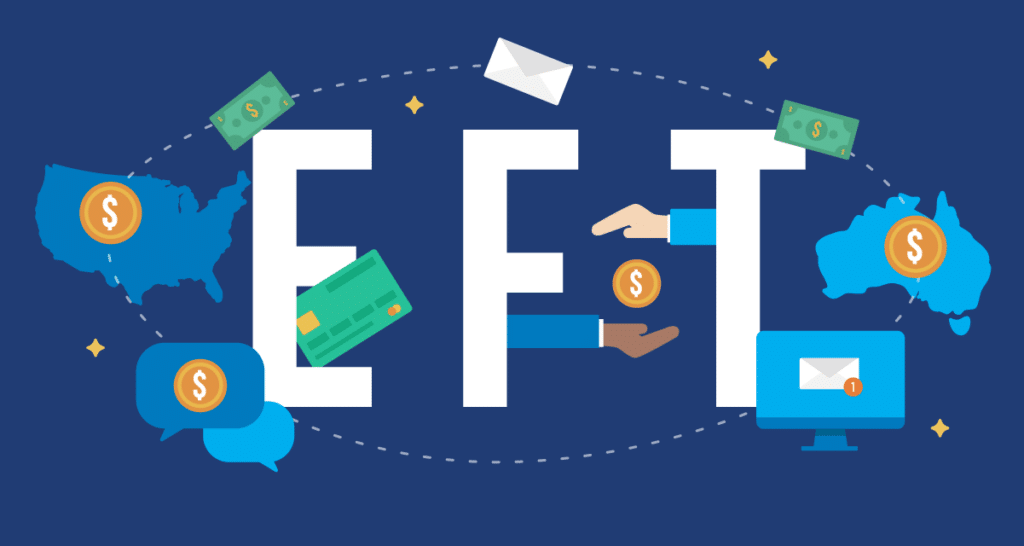High-value transactions often collapse at the payment stage—not because customers aren’t ready to buy, but because traditional payment methods introduce friction. Card declines, processing limits, high fees, and fraud triggers create unnecessary barriers that interrupt deals worth hundreds or thousands of dollars. For industries where each transaction carries weight, reliability becomes more important than speed.
ACH payments have become a dependable alternative that helps businesses establish trust in these larger transactions. By transferring funds directly between bank accounts, ACH systems eliminate many vulnerabilities associated with card networks. Whether a business provides high-end consulting, luxury products, professional services, or subscription-based programs, ACH payments allow both sides to feel confident in the process from start to finish.
This detailed guide explains how ACH transfers work, why they’re becoming the preferred choice for high-value transactions, and how businesses can implement them to strengthen customer trust.
Why High-Value Payments Fail More Easily with Traditional Methods
Card networks were built for everyday consumer spending, not for transactions above typical spending limits. This mismatch creates several recurring issues for businesses.
Higher Decline Rates
Card issuers often automatically block large transactions for safety, even if:
- the customer has funds
- the purchase is expected
- the sale is legitimate
This leads to lost sales and uncomfortable customer experiences that harm credibility.
Fee Structures That Hurt Margins
Percentage-based card fees may seem manageable on small purchases, but on larger ones, the cost becomes significant. Businesses operating with tighter margins or large service packages often lose a noticeable portion of revenue through processing fees.
Inconsistent Approval Logic
Banks and card networks may treat the same customer differently depending on:
- time of day
- transaction amount
- country
- previous spending behavior
This unpredictability can derail a deal after the customer has already committed.
Higher Chargeback Risk
Larger transactions often create more hesitation, and some customers feel card payments offer too much flexibility to reverse charges. This creates additional risk for the business.
ACH payments help solve each of these challenges by shifting the transaction away from card networks and into a more controlled banking environment.
How ACH Payments Strengthen Trust in Large Transactions
ACH transfers are processed directly through the banking system. This reduces the number of parties involved and lowers the chance of failure. For high-value transactions, these advantages play a major role in building trust with customers.
Direct Bank-to-Bank Movement Adds Security
When a business uses ACH payment solutions, funds move securely between verified bank accounts. Customers feel more comfortable authorizing large payments through their bank rather than relying on a credit card with potential limits or flags.
This reduces second-guessing and increases confidence.
Lower Fees Benefit Both Merchant and Customer
ACH transfers cost significantly less than card payments, especially for higher amounts. Because fees remain predictable and low, businesses maintain healthier margins and can even pass savings on to customers if needed.
Cost efficiency becomes part of the trust-building process.
Reduced Failure Rates
ACH transfers aren’t subject to unpredictable card issuer decline logic. Customers with sufficient funds rarely encounter a decline. This creates a smooth payment flow that helps businesses close deals without unnecessary interruptions.
Clear Authorization Builds Transparency
Customers must explicitly authorize ACH payments. This makes the process intentional and secure, reinforcing clarity for both parties.
This increased transparency sets the tone for strong business relationships, especially in service industries.
Industries Where ACH Transfers Make the Biggest Difference
While ACH payments can benefit nearly every business, the impact is especially strong in industries where large purchases or long-term commitments are common.
High-Ticket Coaching and Consulting
Programs costing thousands often face card decline issues. ACH payments support reliable enrollment with fewer payment obstacles.
Luxury Products and Custom Manufacturing
Customers buying high-end goods or made-to-order products prefer payment systems grounded in stability.
Real Estate and Property Services
Deposits, retainers, and service payments move more smoothly when handled through ACH transfers.
Professional Services
Legal, financial, and accounting firms often exchange larger sums and require highly reliable payment flows. ACH payment acceptance fits perfectly into these structured environments.
Healthcare and Specialty Medical Services
Procedures involving significant expense demand a payment method that reduces delays and protects privacy.
Wherever payment size increases, ACH payments tend to outperform traditional card methods in terms of trust, reliability, and cost control.
How ACH Payments Influence Customer Perception
Customer psychology plays a big role in completing high-value transactions. ACH payments create several signals that strengthen customer trust.
Professionalism
Offering ACH payment options shows customers the business has established internal systems and doesn’t operate on basic card-only processes.
Financial Stability
Banks trust ACH systems, and businesses that use them are often viewed as more credible.
Privacy and Control
Customers appreciate the secure nature of banking-level payments over card-based systems that feel vulnerable to fraud.
Predictability
With ACH transfers, customers know what to expect in terms of timing, authorization, and settlement.
These subtle signals add up to create a more trustworthy environment.
ACH Transfers and Reduced Disputes
Customers making high-value purchases want their money handled carefully. ACH transfers help support this expectation by:
- creating a clear payment trail
- providing structured authorization
- reducing the likelihood of random declines
- leaving less room for confusion
The formal nature of ACH payments minimizes uncertainty and reduces the chances of disputes or misunderstandings. Businesses that want smoother relationships with clients benefit from this increased clarity.
Supporting Recurring High-Value Payments
Many businesses work on retainer agreements, subscription models, or long-term service cycles. ACH payments are ideal for these because:
- bank accounts rarely change
- customers feel comfortable linking accounts for long-term commitments
- recurring ACH payments reduce billing failures
- automated transfers simplify revenue stability
Recurring systems that rely on cards suffer from expired cards, blocked transactions, and lost revenue. ACH transfers reduce these disruptions significantly.
How Businesses Can Implement ACH Payments Smoothly
Integrating ACH payments into a business model doesn’t require major structural changes. Several practical approaches make implementation seamless.
Payment Links
Businesses can send secure ACH-enabled links to customers for single high-value payments.
ACH-Enabled Invoicing
Professional service providers or consultants can attach ACH payment options directly to digital invoices.
Checkout Integration
Businesses with online portals or marketplaces can place ACH directly into their checkout process alongside other methods.
Automated Recurring Systems
Subscription or retainer-based companies can use recurring ACH transfers to simplify their monthly billing.
Internal Billing Workflows
ACH acceptance can be integrated into CRM and accounting systems for a cleaner workflow.
Each method keeps the customer experience straightforward and encourages consistency.
The Role of Transparency in ACH Payment Acceptance
A strong payment process is built on communication. Companies using ACH payments can reinforce trust by:
- explaining the benefits
- outlining the authorization process
- being clear about timelines
- offering support if a customer has questions
Customers making high-value purchases want clarity more than speed. By handling communication well, businesses ensure the customer feels comfortable throughout the process.
Reliable Settlement Helps Build Confidence
ACH transfers follow predictable settlement timelines that help businesses and customers plan around payments. Customers appreciate this predictability because it avoids the sudden surprises commonly associated with card transactions.
Consistent timing reinforces the sense of reliability, especially in industries where exact payment confirmation is necessary for scheduling services or delivering goods.
Why Accepting ACH Payments Builds Long-Term Relationships
Businesses that accept ACH payments encourage repeat transactions by reducing payment complications. Customers return to companies that make paying easy, safe, and predictable. This is especially important in industries with ongoing services, repeat purchases, or long-term commitments.
ACH transfers reduce stress for both sides and create a smoother business relationship that supports long-term success.














